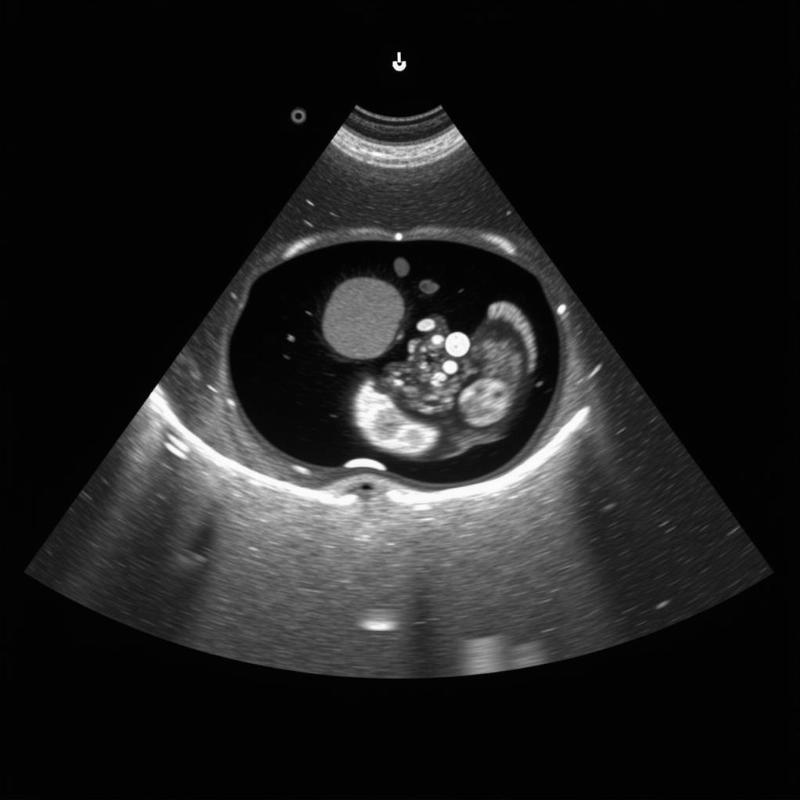Prolate/Lintox HD is not a recognized term in veterinary medicine or dog care within the United States. It’s possible there’s a misunderstanding or misspelling. This article aims to address potential interpretations of this search query, focusing on common health concerns in dogs and diagnostic imaging techniques used in the US. We’ll explore how high-definition imaging plays a vital role in diagnosing and treating various canine conditions. Understanding these tools can empower owners to make informed decisions about their dog’s health.
While “Prolate/Lintox HD” doesn’t correspond to a specific veterinary term, it’s possible the searcher is interested in high-definition (HD) imaging, like X-rays or ultrasounds, used to diagnose internal issues in dogs. This can range from identifying fractures and swallowed objects to detecting tumors and organ abnormalities. In the US, advanced imaging technology plays a critical role in providing comprehensive veterinary care.
The Importance of High-Definition Imaging in Veterinary Diagnostics
High-definition imaging, such as X-rays, ultrasounds, CT scans, and MRIs, is crucial for accurate diagnoses in veterinary medicine. These tools allow veterinarians to visualize internal structures with exceptional clarity, leading to quicker and more accurate diagnoses. This is particularly important for conditions that might not be detectable through physical examination alone.
For example, an HD X-ray can reveal subtle fractures that might be missed with traditional X-rays. Similarly, ultrasound can be used to evaluate the health of internal organs, detect pregnancies, and guide biopsies. These diagnostic tools are essential for providing the best possible care for your canine companion.
Common Canine Health Issues and Diagnostic Imaging
Many common health issues in dogs benefit from HD imaging. Gastrointestinal problems, like swallowing foreign objects, can be quickly diagnosed with an X-ray. Heart conditions, on the other hand, might require an echocardiogram (ultrasound of the heart) to assess heart function and valve health.
 Ultrasound Image of a Dog's Abdomen
Ultrasound Image of a Dog's Abdomen
Orthopedic issues, such as hip dysplasia and cruciate ligament tears, can be evaluated with X-rays or MRIs. These advanced imaging techniques provide detailed information about the joints, bones, and surrounding tissues, helping veterinarians develop targeted treatment plans.
“Early and accurate diagnosis is crucial for effective treatment,” says Dr. Emily Carter, DVM, a leading veterinarian in New York City. “High-definition imaging allows us to see what’s happening inside the body without invasive procedures, providing critical information to guide our treatment decisions.”
Choosing the Right Diagnostic Imaging for Your Dog
The type of imaging needed depends on the specific health concern. Your veterinarian will consider your dog’s symptoms, breed, age, and overall health when recommending a diagnostic imaging procedure.
For example, a suspected fracture might require an X-ray, while a suspected heart murmur might warrant an echocardiogram. It’s important to discuss the benefits and risks of each procedure with your veterinarian to make informed decisions about your dog’s care.
Conclusion
While “prolate/lintox HD” isn’t a recognized term, understanding the importance of high-definition imaging in veterinary diagnostics is crucial for every dog owner. From X-rays to MRIs, these powerful tools allow veterinarians to quickly and accurately diagnose a wide range of conditions, leading to more effective treatment and improved outcomes. By working closely with your veterinarian and understanding the available diagnostic options, you can play an active role in ensuring your dog’s health and well-being.
FAQ
- What is high-definition imaging in veterinary medicine? High-definition imaging refers to advanced techniques like X-rays, ultrasounds, CT scans, and MRIs that provide detailed images of internal structures.
- Why is HD imaging important for my dog? HD imaging allows for earlier and more accurate diagnoses, leading to more effective treatment and improved outcomes for various conditions.
- What are some common uses of HD imaging in dogs? HD imaging is used to diagnose fractures, swallowed objects, tumors, heart conditions, orthopedic problems, and many other issues.
- How do I know if my dog needs HD imaging? Your veterinarian will recommend HD imaging based on your dog’s symptoms, breed, age, and overall health.
- Are there any risks associated with HD imaging? Some procedures may require sedation or anesthesia, but overall, the risks are minimal compared to the benefits of accurate diagnosis.
- How much does HD imaging cost? Costs vary depending on the type of imaging and your location. It’s best to discuss pricing with your veterinarian.
- Where can I find more information about veterinary imaging? You can speak with your veterinarian or consult reputable online resources like the American Veterinary Medical Association (AVMA).
Beautdogs.us is your premier online destination for comprehensive dog care information, breed insights, and product recommendations. We cater to both novice and experienced dog owners, offering expert advice and resources to help you navigate every aspect of dog ownership. Whether you’re looking for guidance on choosing the right breed, understanding canine health, or finding the best products for your furry friend, Beautdogs.us is your trusted source. Contact us today for personalized support! Email: [email protected], Phone: +1 501-555-7529.